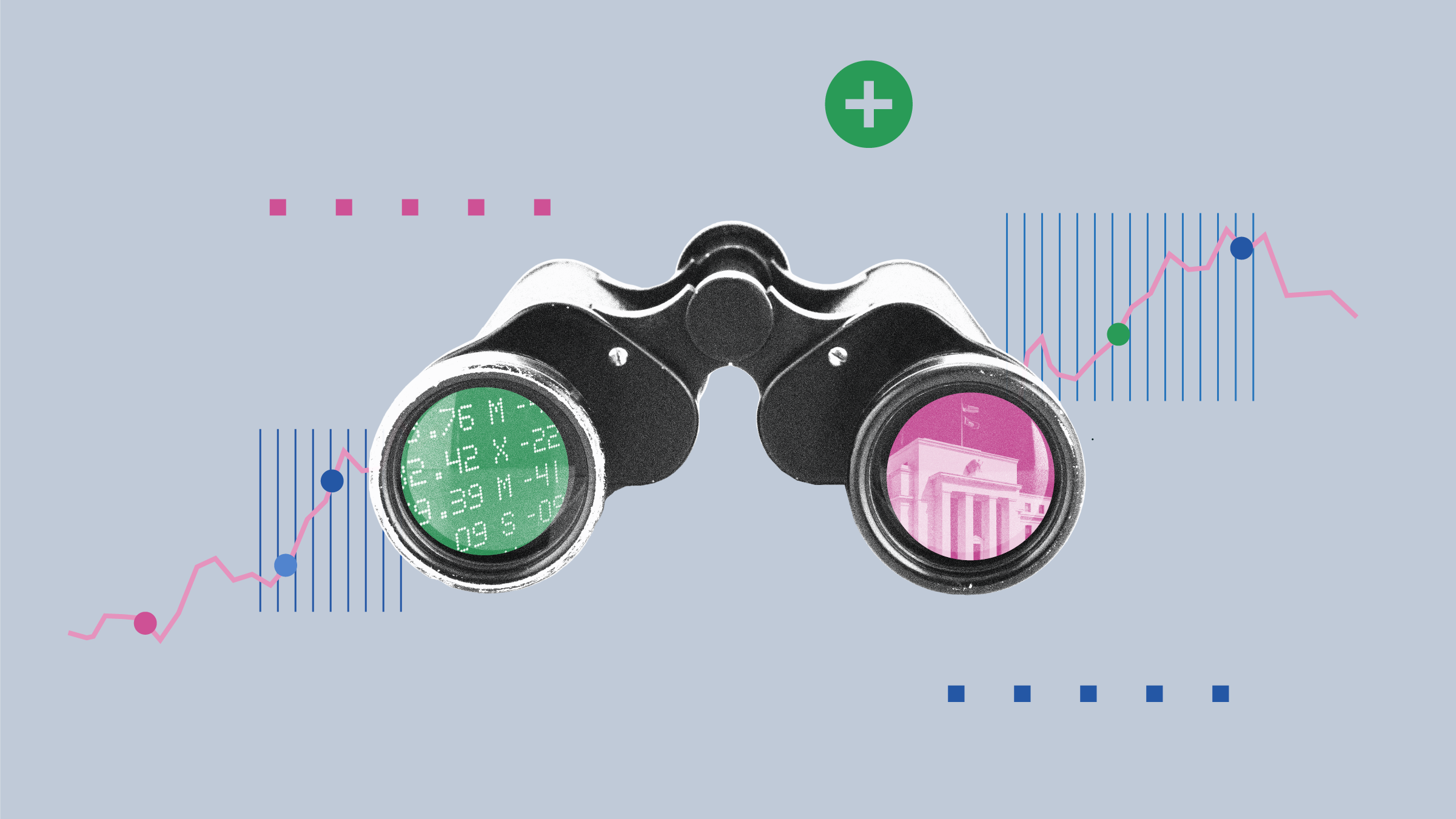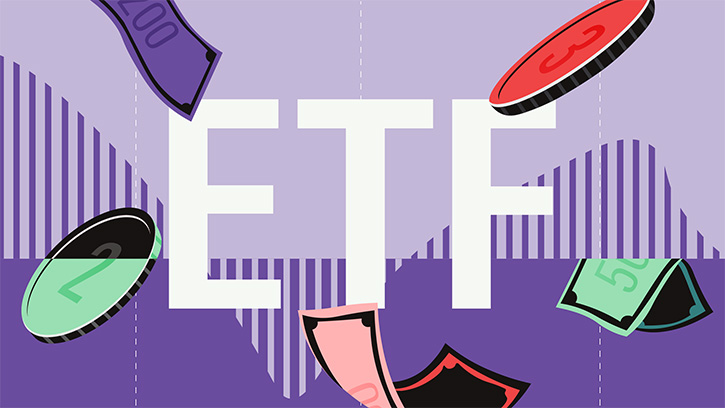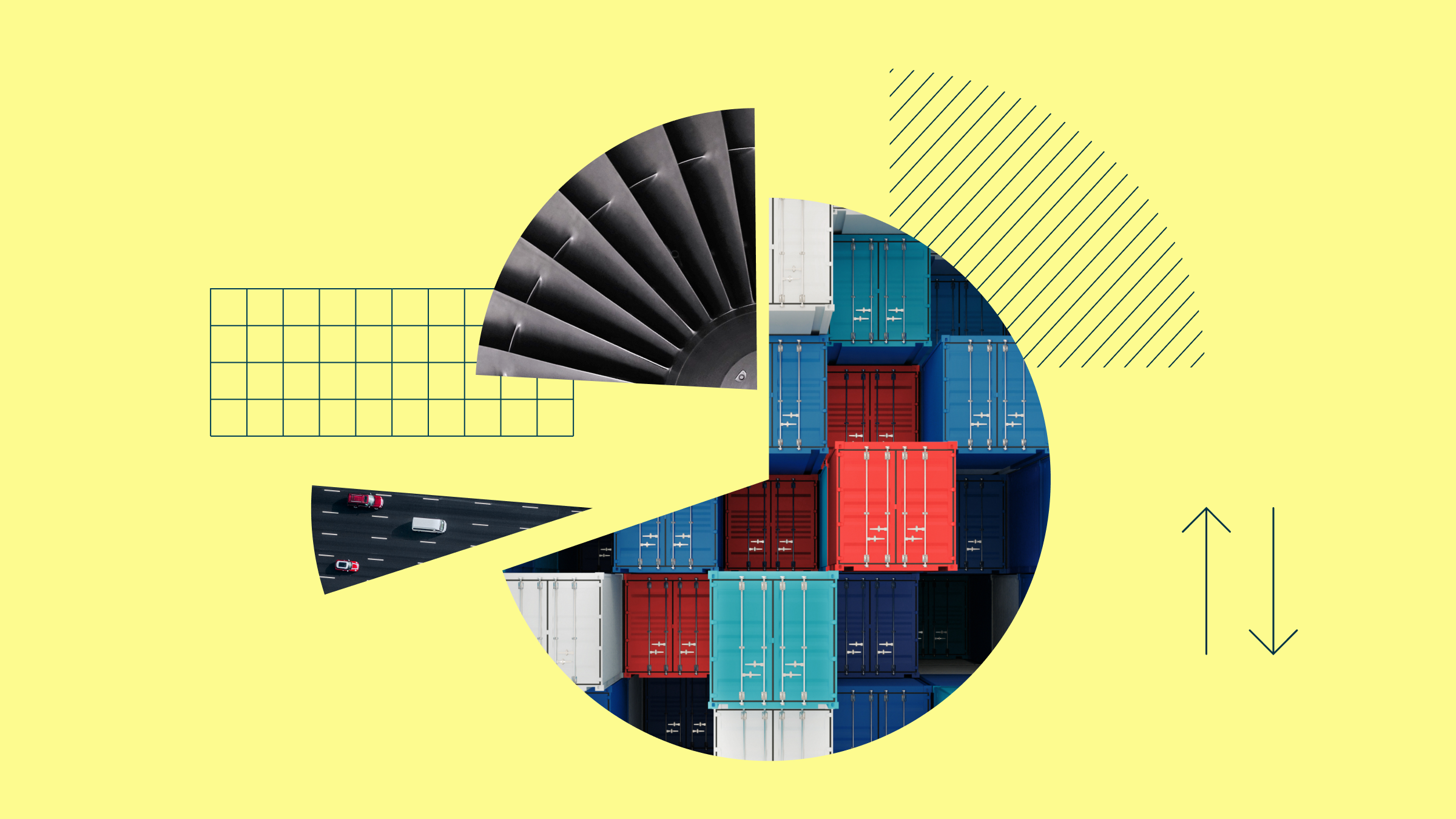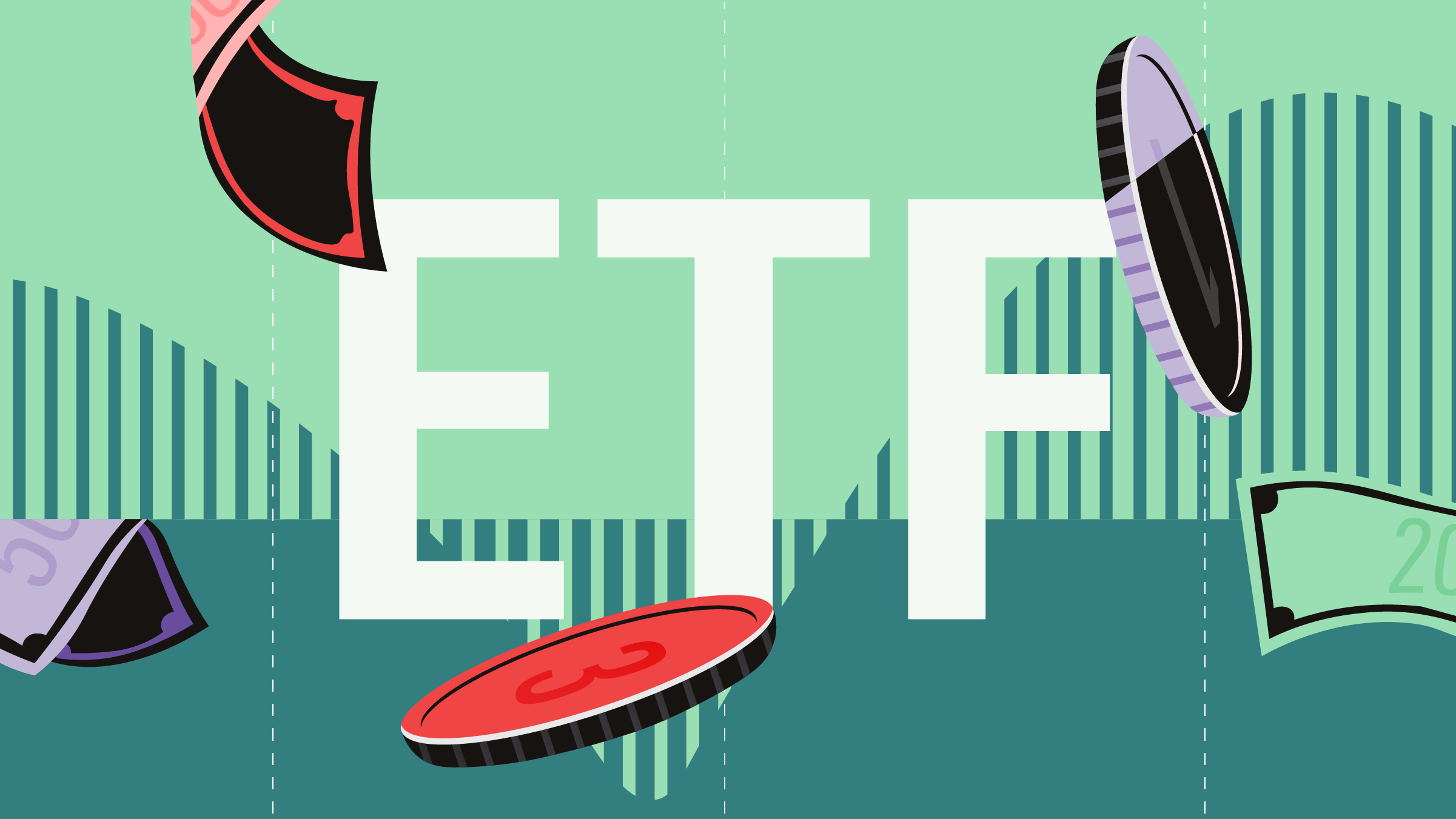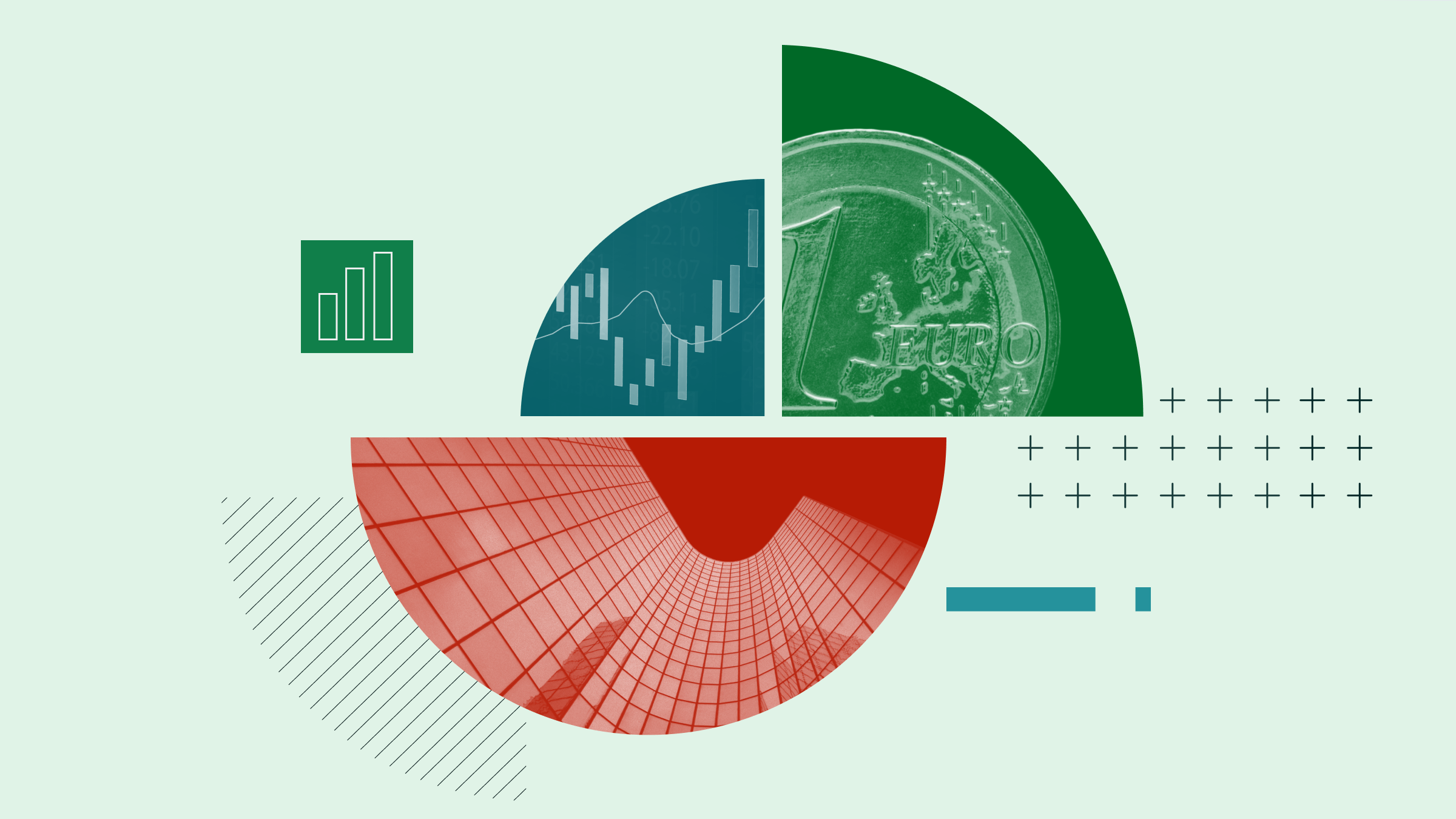Emma Wall: Hello and welcome to Morningstar. I’m Emma Wall and I’m joined today by Morningstar Investment Management’s Dan Kemp.
Hello Dan.
Dan Kemp: Hello Emma.
Wall: So we’ve had extreme volatility in markets over the past 18 months. And a lot of people are very nervous about this and nervous about what this means for their portfolios. But it doesn’t necessarily mean that portfolio is experiencing more risk, does it?
Kemp: No, that’s absolutely right. So volatility is a statistical measure it’s not what we think about, when we think about risk. It is a relevant measure for some people. People need to be able to cope with the day-to-day volatility to stay invested for the long term. It’s particularly important if you are drawing an income from your investments after time.
But it’s not the main measure of risk. The main measure of risk is permanent loss of capital, is that money going somewhere where you are never going to get it back and that’s what we think about in the investment management team.
Wall: Of course this ties in with a lot’s of people’s feelings about benchmarks as well. Because fund managers can turn around and say, but I beat the benchmark and the investor might turnaround and go, but you lost 20% of my money and I wanted to take it out at that point. It’s all about as you say when you are going to capitalise or crystalise rather those losses and real loss of money is of course risk.
Kemp: Absolutely right. And volatility again tends to be that sort of shorter term measure. You get caught by volatility. But really if you are a long term investor. If you are saving for your long term retirement than you need to embrace volatility because that’s when the real opportunities come along. Volatility allows you to buy things cheaply and that’s what we all want to do in investment.
Wall: But, it’s easier said than done isn’t, because market timing is famously difficult to do. So how can investors use this knowledge that volatility is an opportunity and not a risk in order to maximize their returns.
Kemp: Well, there are few things that people can do. The first is again to maintain that long term perspective, provided they are long term investors and be able to look through this volatility. The second is make sure that the portfolio that you are investing is at right level of risk for you in the starting place. And then finally don’t try and time the market, very few people if anyone can do it, but gradually investor over a long period of time again to capture the benefits of what we call pound cost averaging.
Wall: And this of course can be done through an advisor if perhaps you want to take the responsibility away from yourself, or indeed from drip feeding if you invest £50 a month every month and it’s taken out of your hands. You automatically are going to be buying units when the market dips. And of course those units can grow as the market picks up again.
Kemp: That’s absolutely right and so there if you are buying over a long period of time you are doing it regularly. It’s a part of your routine than that’s by far the best way of investing.
Wall: And it’s one of the philosophies that we have here at Morningstar as well with the Morningstar Investment Management team, isn’t it?
Kemp: Exactly right we are all long term value guys, we get strangely excited when the market falls. Because it gives us a great opportunity to buy things more cheaply. Equally when markets rise very strongly. We get slightly sad because we have to sell things that have become overpriced. But again we are always focused on what’s going to happen over long term.
Where we are going to get this best returns and try and ignore that day stay noise, that day stay market volatility as much as we can.
Wall: And putting the end investor first.
Kemp: We always put the end investor first.
Wall: Dan thank you very much.
Kemp: Thank you.
Wall: This is Emma Wall for Morningstar. Thank you for watching.






